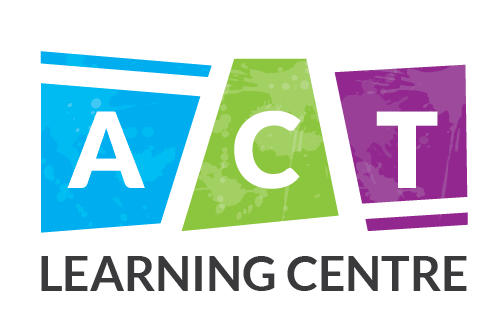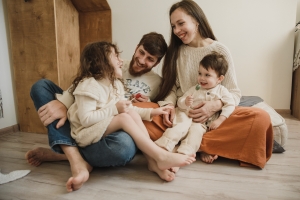CO-REGULATION STRATEGIES FOR CAREGIVERS
Co-regulation can be defined as an interpersonal process in which participants continuously adjust their interactions in a coordinated pattern to co-create and maintain a positive emotional state (Pamela Li et al, 2023). Co-regulation occurs across the lifespan.
The feelings and behaviour of people in close proximity to us, directly impact how we feel, and respond to our own emotions. When children become upset, if those around them stay calm, demonstrating how to calm down, the child can calm down quicker.
What is self-regulation, then? Self-regulation can be defined as the skill of managing one’s thoughts, feelings and behaviours to facilitate goal attainment and maintenance of well-being (Williams et al., 2022).
Individuals learn to self-regulate by first co-regulating with others (Herbers et al., 2014).
Co-regulation strategies can look different depending on the child’s developmental profile, which is an important consideration when choosing which co-regulation strategies might be best for your child.
Co-Regulation Strategies for Young Children
All strategies outlined below have been taken from: https://fpg.unc.edu/sites/fpg.unc.edu/files/resources/reports-and-policy-briefs/Co-RegulationFromBirthThroughYoungAdulthood.pdf
In infancy:
- Provide warmth and nurturing
- Anticipate needs and respond to cues
- Provide structure and consistent routine
- Provide physical and emotional comfort when your child is in distress or dysregulated: speak calmly and give affection
- Modify the environment to decrease demands and stress
In toddlerhood, in addition to the above:
- Teach age-appropriate rules and expectations
- Label emotions; teach and coach use of words to express emotions
- Model waiting and self-calming strategies
- Redirect child attention to regulate behaviour
In preschool-aged children, in addition to the above:
- Teach and coach identification of solutions to simple problems
- Coach and incentivize rule-following and task completion
- Model, prompt and reinforce self-calming strategies like taking a deep breath
- Provide external structure for calming down, including a calm-down space and materials
- Provide clear and consistent consequences, carried out in a firm yet calm manner
Co-regulation for Elementary-Aged Children
- Continue to provide a warm, nurturing and supportive relationship
- Assist in problem-solving more complex academic, behavioural and social situations
- Model conflict resolution strategies
- Prompt and coach coping skills and calm-down strategies, including self-talk and relaxation
- Teach and support organization and planning skills needed for academic success
- Provide opportunities to make decisions and self-monitor behaviour
- Continue to provide clear rules, structure and consequences in a calm manner
Co-Regulation for Adolescents
- Provide a warm, responsive relationship
- Provide support and empathy in times of intense emotion
- Model, monitor and coach more sophisticated self-regulation skills across different contexts
- Monitor and limit opportunities for risk-taking behaviour
- Provide opportunities to make decisions and self-monitor behaviour in less risky situations
- Give time and space to calm down in times of conflict
- Monitor and prompt use of organizational and planning skills for successful task completion
- Continue clear rules, boundaries and consequences to incentivize good choices
AGILE Approach
The National Institute of Children’s Health Quality developed an acronym called A.G.I.L.E. that provides guidance on what constitutes a co-regulating response when the child is distressed.
The AGILE Approach to Co-regulating Responses advises caregivers to pay close attention to their:
A – Affect: how your tone and expressions convey your emotions. In times of stress, is your affect loving, supportive, and soothing?
G – Gesture: Facial expressions, hand gestures, body moment, posturing and pacing all reflect your emotions and are felt by a child during your interactions.
I – Intonation: Modulating the tone of your voice helps conveys affect and social/emotional meaning. This is “felt” and “understood” long before words. And even after language develops, affect, gestures and intonation convey the genuine meaning of the interpersonal exchange. This communication is stronger than words.
L – Latency (Wait): Wait and give the child time to take in your gestures and intonations. Co-regulation requires patience.
E – Engagement: Before you continue, be sure you have engaged your child. Your baby’s facial expressions, sounds and body language will tell you if they are engaged.
Here is the link for the information on the acronym: https://www.nichq.org/insight/childrens-social-and-emotional-development-starts-co-regulation
Parent training and courses
Outlined below, you can find links to training to learn more about co-regulation with your child. It might be helpful to explore the training further to see which one meets your child’s needs best.
https://www.parentsupportgroups.org/courses/co-regulation
https://www.safeguards-training.net/course/boost-mindfulness/



